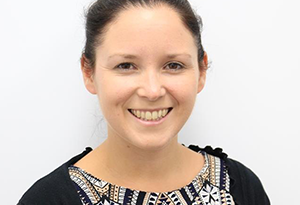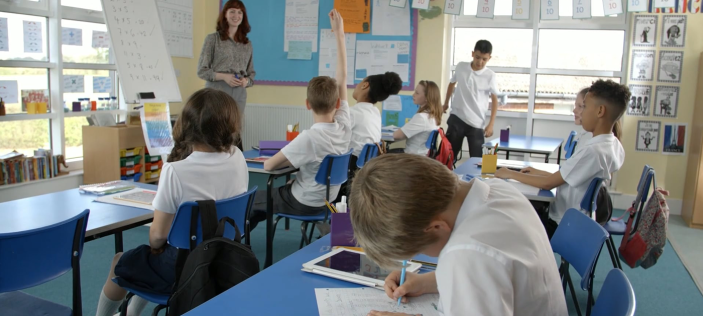The role of the maths subject leader is, put simply, to enable and ensure that the best possible mathematical teaching and learning is happening in every classroom across the school.
However, the above sentence doesn’t do the work of our primary maths subject leads justice.
Consider the following re-write…
The role of the maths subject leader is to provide leadership in mathematics; to evaluate the effectiveness of teaching and provision, so that pupils learn and make and progress towards agreed targets; to secure high standards of teaching and learning; to monitor vulnerable groups of pupils; to support and develop the practice of colleagues; to keep relevant stakeholders updated about mathematics across the school; to develop excellent subject knowledge and inspire and motivate others; to champion maths; to share good practice and up to date research; to lead professional development; to communicate a clear vision linked to the School Development Plan; to ensure that school policies are up to date; to engage parents with supporting mathematical learning at home and to ensure classrooms are well-resourced to support teaching and learning. I’m sure that’s not all.
Hidden within the above is the monitoring subject leaders often carry out; to support staff and give them valuable feedback, to ensure consistency, to spot and highlight strengths and good practice, to pick up and address any potential areas for development.
Monitoring is essential for evaluation; to be able to lead school development and to support and develop the practice of colleagues. It is one of the pillars of subject leadership. But, we know that time is tight. In most cases, subject leaders have this role on top of teaching a class. (I’ll spare you the hugely long sentence detailing that role).
So, given the demands on subject leaders’ time, whilst understanding the crucial role their work plays, I aim in this blog to explore how an element of monitoring could in fact be used as a tool for wider professional development, hitting several of those leadership responsibilities at once.
Subject leader privilege
One of the privileges of being a subject leader is the window that the role affords into the classrooms of others. Subject leaders, by the nature of their role, get to see their colleagues teach; they get to see children across the school grappling with maths and learning at different stages. This is a powerful form of professional development, not only as a leader but also as a teacher.
In my role as a teaching and learning adviser, I am also afforded this privilege across many different schools and I can say, hand on heart, that I learn something about the teaching and learning of maths on every one of those school visits.
How could this opportunity be afforded to the wider teaching team while still maintaining focus on whole school priorities for maths?
Let’s turn our focus to a specific example of a monitoring activity likely to form part of a subject leader’s work.
The book scrutiny
Whatever it may be called, monitoring of pupils’ recorded learning (or a book scrutiny or a book look), can provide valuable insight into what’s happening in classrooms across the school. It is a key evidence-based evaluative activity that, like all monitoring activities, has limitations, but is a powerful tool in any subject leader’s armoury.
Monitoring of pupils’ recorded learning could be undertaken by the subject leader alone, along with the wider leadership team, with an external adviser or as part of an Ofsted inspection. But, what about undertaking a book scrutiny together as a teaching staff? Perhaps even with teaching assistants too, during planned staff meeting or INSET time?
Let’s consider 5 ways that reviewing pupils’ recorded outcomes as a staff could be a tool for everyone’s professional development:
- make it a shared experience – invite staff to participate
- decide the focus together and agree what elements you are looking for (based on recent CPD or focus from the school development plan)
- use it as an opportunity to share good practice; pick up and highlight great examples and show what is working well
- use it as an opportunity to explore pedagogy (e.g. what it would look like in books if reasoning were our focus)
- use it as an opportunity to explore progression within the curriculum
In more detail:
1. Make it a shared experience – invite staff to participate
We have probably all been on the receiving end of monitoring activities within school and at times we may well have felt ‘done to’. Even if we know that these activities are a necessary part of evaluation and school self-refection, and even if we know there are many strengths in our work, we can also then focus on the perceived ‘negatives’.
As professionals and colleagues, one way to avoid the feeling of ‘being told’ or the temptation for focus on the ‘negatives’, may be to invite staff to collaborate, explore, discuss and agree the evaluation and next steps.
We could make the activity part of a professional development meeting – as staff meeting or INSET. We invite all those who contribute to supporting children’s learning and we explore the evidence together.
The caveat here is in the leader’s preparation and leadership of this:
- why do you want to collaboratively look at books/recorded learning? What is your aim?
- how will you structure the session, asking questions so that participants think deeply and reflectively, focusing both on what is going well and being open to self-reflection and learning from others?
The ideal would be for colleagues to leave the meeting feeling, “I’m on the right track and I know what it should look like”; “It was helpful to share my books and to see what other people are doing”, and also, “I saw a lovely way to XXX in ___’s books; I might try that”.
On a practical note, because people have reflected on their books during the meeting, the need to go round and give further feedback is taken away. So, this could also be time-saving in that sense.
2. Decide the focus together and agree what elements you are looking for (based on recent CPD or focus from the school development plan)
Gone are the days (hopefully) when a monitoring schedule put a generic book scrutiny as a spring term task ‘because we usually do it then’. And we are not simply looking to tick off policy compliance.
Most subject leaders we work alongside are clear about how reviewing pupils’ recorded work will help them see the progress towards aspects of their action plan. There is a focus in mind. The cycle had begun with identifying areas which would positively impact on pupils learning and progress. These became the focus of subject leader, working with staff to develop the identified area and now the book look is the monitoring step to see how this is going and decide next steps.
The part that is up for discussion and agreement is, ‘What should it look like in books if it is going well?’
The preparatory stages of a book scrutiny could be used to reflect on content from previous training, linked to key priorities in the maths action plan. We regularly rehearse high-value concepts with children to keep bringing them back out of long-term memory, so they are more easily drawn upon for application later. So why not use this approach in a staff meeting.
Let’s imagine our school focus is reasoning and problem solving. This is the focus within our school maths action plan. Let’s say some training around reasoning and problem solving happened several weeks ago and there has been a school holiday in the meantime. Let’s bring that learning back into the present.
Asking teachers to help decide the ‘what we are looking for’ list, before we begin opening the books, may be useful to do at this stage. So, asking a very broad, open question to start:
If opportunities for reasoning and problem solving are happening and it is going well, what should we see in books?
Staff could then help develop a list of ‘criteria’, which will then help their reflections when they begin looking at their own books, and the books of others.
The caveat here is that leader may need to support, challenge and refine language, as the list of ‘criteria’ is gathered and agreed. Colleagues may need guidance so that when they do open books, they are clear about what they are looking for.
If a colleague says… “Well, you won’t see ___ in books”, your response might be, “Tell me more__” or “Could we see ___?” or even “Do you mean, it could be challenging to see ___ so might it be better to look for ___?”
Or, as an alternative, perhaps provide a pre-written set of questions to discuss, to revisit important messages from that previous term’s training but also, provide a focus for the book scrutiny.
- is there evidence over time that all pupils’ have opportunities to reason and problem solve, to apply their learning in a variety of ways (appropriate to their age)?
- is there evidence (over time) that pupils’ recording reflects a range of working mathematically skills, e.g. drawing diagrams or models, using a list of table to organise information, explaining thinking pattern seeking?
- are sentence stems or writing frames used to support children’s written responses?
These examples have been adapted from the HfL Subject leader toolkit for mathematics – Jan 2022.
3. Use it as an opportunity to share good practice; pick up and highlight great examples and show what is working well
By working together as a group, teachers can see how children in different classes or year groups respond to the reasoning opportunities they are provided with, for example, enabling teachers to consider how to apply this in their own teaching.
Here, the teacher has provided an open question that has allowed children to respond with their own method of proof.
This Year 1 child has explained their thought process and drawn a beadstring to clearly show what this would look like physically. They have then been asked by the teacher to apply this thinking to larger numbers, showing an understanding of the usefulness of near doubles in calculation, potentially outside of known facts.
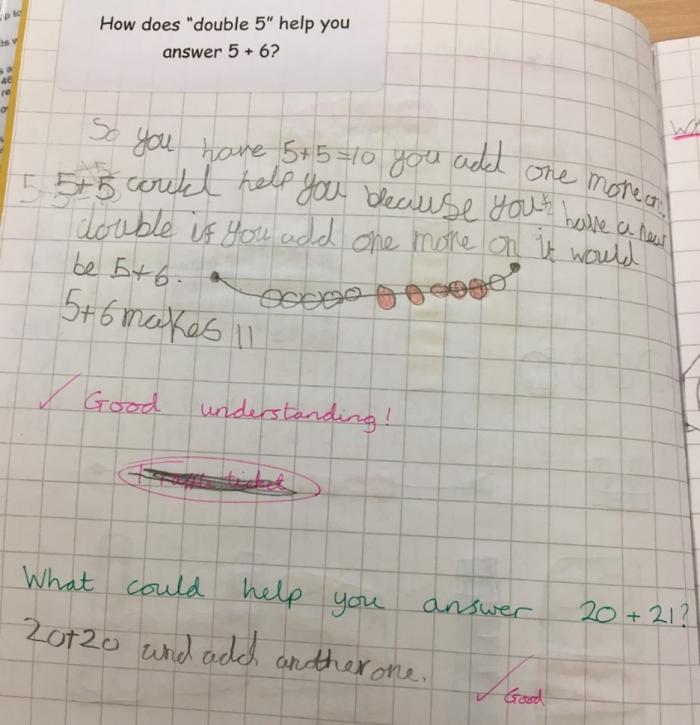
This teacher has provided the children with a conversation cartoon to consider.
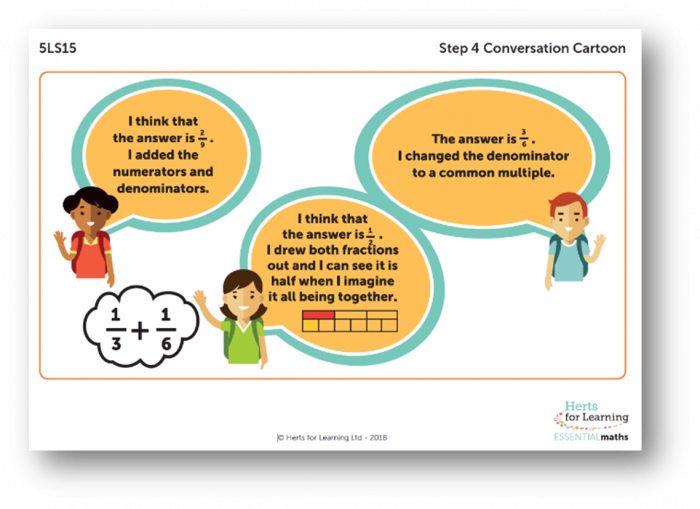
This Year 5 child has articulated their thinking in written form, as well as offering proof by way of calculation and mathematical diagram.
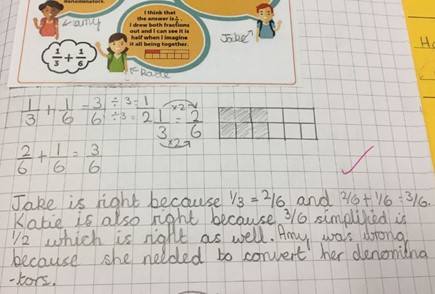
In both examples, the children have used pictures and calculations to justify their responses. Accurate vocabulary has been used, appropriate to the age of the child.
These are lovely examples and sharing these with colleagues could be quite an enabling way to model and share good practice.
There are a few ways to draw out the good practice, rather than leaving it to chance:
- join each group for a couple of minutes and ask them to share a good example they’ve found and why they chose it. Discuss how this would look in other classes / year groups
- note for yourself some good examples, and maybe photograph them and display on the whiteboard / screen to share and highlight key points or photocopy the examples so everyone sees them.
The important point here is that there is a shared understanding about why these examples have been selected and what it is about them that could be replicated.
4. Use it as an opportunity to explore pedagogy (e.g. what it would look like in books if reasoning were our focus)
In the example of Year 5 work below, a speaking frame has been used to help children explain mixed numbers and improper fractions.
If, as part of our work on reasoning, we have been encouraging more written and oral explanation, this example in the books shows that opportunity for this is being given in the classroom.
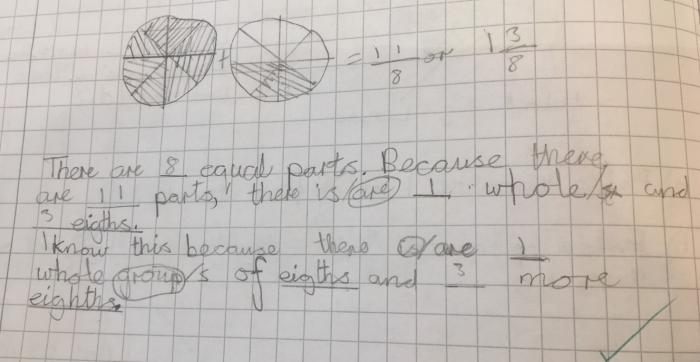
This is also an example of scaffolding. The speaking frame has allowed the pupils to articulate their understanding, and with further rehearsal and gradual fading of this scaffold, they may well be able to articulate in this way with increasing independence.
5. Use it as an opportunity to explore progression within the curriculum
We may be looking to see ‘progress’ in books, and this can be challenging to pin down. What does it look like in maths books?
There are some questions we can ask to guide us when looking at a pupils’ work;
- what came before this learning? (Did the child have the prior learning in place?)
- how secure is this learning? (Does it look like the child understands and will retain this?)
- what comes next in this learning? (Is the child ready to move onto the next step?)
We can look at progress in terms of ‘through the planned curriculum’. Are pupils making progress through the curriculum that your school has mapped out? Are they developing knowledge and skills that they are likely to remember and retain?
Here, a Year 1 child has used an addition strategy where regrouping one of the addends to create a complement to 10 has made the calculation easier to solve using known facts.
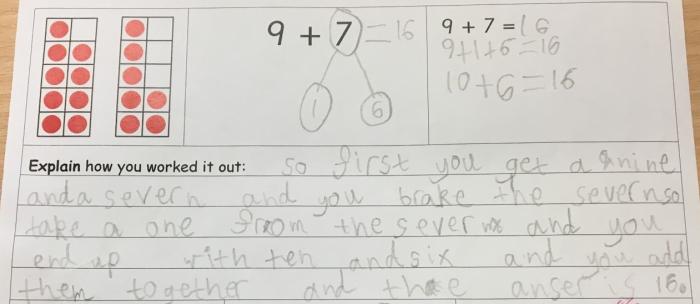
Understanding of how numbers can be regrouped in different ways has enabled this Year 3 child to calculate efficiently using known facts within a larger number range.
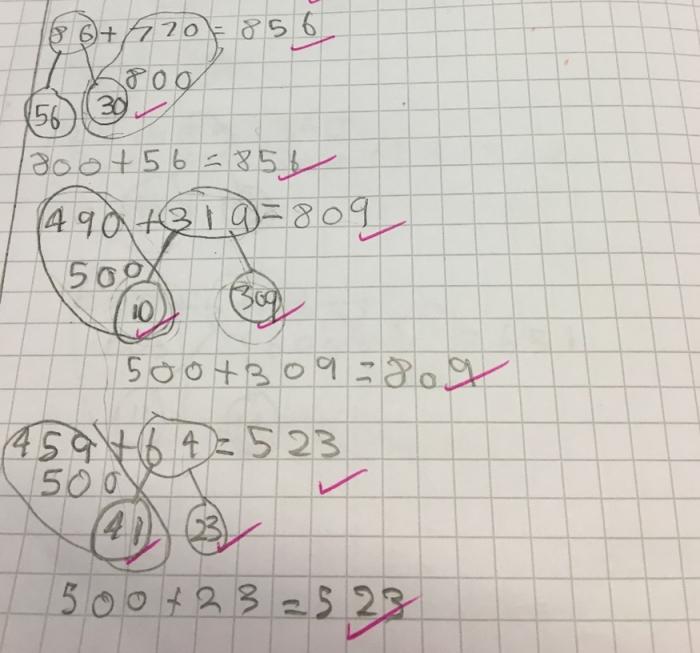
Planning strategically based on evidence gathered
Of course, following the staff meeting, the subject leader will inevitably be thinking of the, ‘What next?’
Drawing together the outcomes of the session will be a useful exercise, not only for the subject leader as a whole school overview but for the teachers to reflect on for their own practice.
Relating these to the action plan for maths will enable strategic planning of leadership activities over the coming weeks and months and, having worked on this as a staff team, should ensure teachers can see the benefits and opportunities for their own professional development.
Sometimes, being ‘subjected’ to a book scrutiny can make teachers feel as if they are being judged. They feel they are being monitored and the feedback will include a list of things that need to be improved. Of course, maths subject leaders absolutely aim to drive improvement but ultimately, want this to be a positive and valuable experience for all involved. Doing it as a group makes this a collaborative and development focussed activity, rather than necessarily… ‘a scrutiny’.
Celebrating what’s working well across the school is important and exploring ‘what a good one looks like’ is valuable professional development. Going forward, as a subject leader, conversations with colleagues, team teaching, planning workshops or targeted CPD, could then build on this and support colleagues to achieve high standards of teaching and learning in mathematics.
Subject leader toolkit for mathematics
The updated HfL Subject leader toolkit (January 2022) has been put together to support all involved in the effective leadership of mathematics. It covers all three primary phases (EYFS, KS1 and KS2).
The toolkit includes a comprehensive suite of 27 documents that can be used as a complete package. Individual components can be selected and adapted according to the school's needs.
This revised toolkit provides updated versions of all the existing documents, as well as a number of new additions. For example: tools to support leading professional development, reviewing and articulating impact and a series of resources to support maths fluency.
Available as part of a PA Plus subscription.
Learn more about PA Plus
Alternatively, for more information about the Subject leader toolkit for mathematics, please contact primarymaths@hertsforlearning.co.uk
Blog authored by HfL Primary Maths advisors Nicola Adams and Kate Kellner-Dilks.
